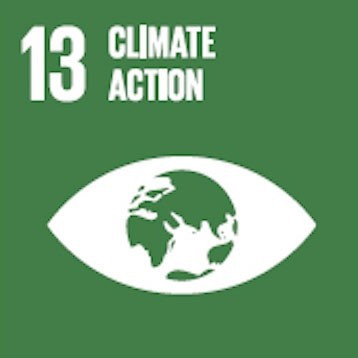Climate Action

This goal supports the uptake of resource efficient technologies and cleaner practices in industrial processes in order to reduce C02 and other greenhouse emissions caused by industrial activities.
Concepts and case studies under SDG 13 are as follows:
Urban heating

Buildings, asphalt and concrete absorb solar energy, that ultimately results in the emission of long-wave radiation that heats the air in cities. Cities also use large amounts of energy and emit this energy as waste heat, adding to the urban ‘heat island effect’, causing the temperature in urban areas to be higher than surrounding rural areas (Jean-Philippe & Hubbard, 2015). Elevated temperatures from urban ‘heat islands’ can affect a community’s environment and quality of life. While some impacts may be beneficial, such as lengthening a plant's growing season, the majority of the impacts are negative.

Cooling Singapore

Urban heating in Hong Kong
Energy conservation and efficiency

Energy efficiency involves using technology that requires less energy to perform the same function. For example, a light-emitting diode (LED) light bulb or a compact fluorescent light (CFL) bulb needs less energy than an incandescent light bulb. Energy conservation, on the other hand, is any behavior that results in the use of less energy, such as turning lights off when leaving a room and recycling aluminum cans (aluminum production requires a lot energy). If we want to preserve the Earth’s resources for the future and cut costs, the conservation of energy and energy efficiency both play an important role in sustainability issues.

Energy efficient building designs and materials
Carbon cycle and climate change / global warming

Carbon is the building block of life. It is the basic element of all organic substances, from fossil fuel to DNA. Most of the Earth’s carbon—about 65,500 billion metric tons—is stored in rocks. The rest is in the ocean, atmosphere, plants, soil and fossil fuels. Carbon can move from one of these realms to another as a part of the carbon cycle. Over the long term, the carbon cycle seems to maintain a balance that helps keep Earth’s temperature relatively stable. Today, human activities,such as burning fossil fuels and clearing forests (that store carbon) have brought changes to the carbon cycle by emitting huge amounts of carbon into the atmosphere that cause an increase in global temperatures.

